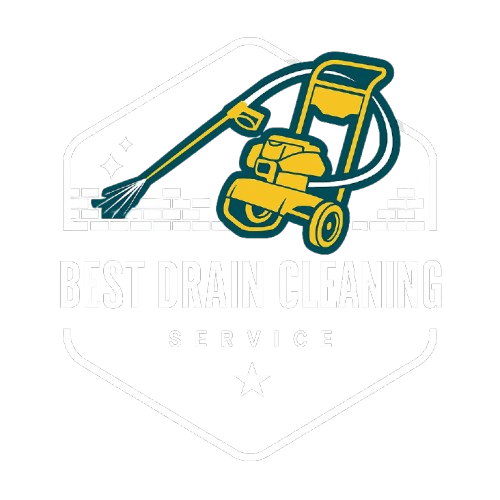What Are Storm Drain Cleaning Services and Why Do They Matter?
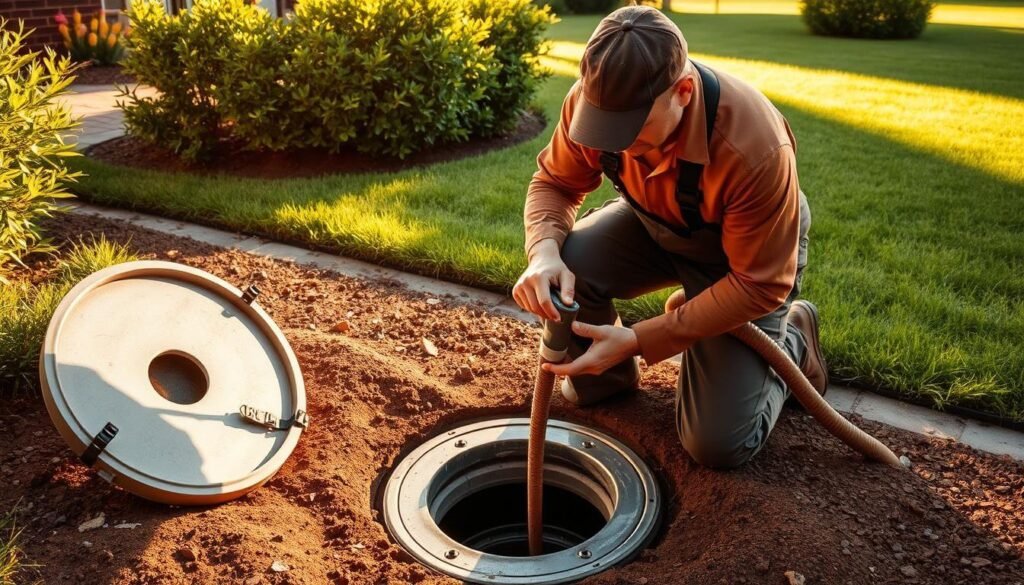
Storm drain cleaning services help remove leaves, trash, dirt, and other debris and sediment that can clog outdoor drainage systems.
These systems are built to move stormwater away from homes, parking lots, roads, and other areas to avoid flooding and property damage.
When storm drains get blocked, rainwater can back up and flood the surrounding area, causing extensive damage to buildings, yards, and even roads.
These blockages can also harm the natural environment, leading to more serious environmental issues with water, such as pollution in nearby streams, rivers, and other bodies of water.
Regular cleaning and maintenance help these systems function properly. These services are part of a larger system of stormwater management that includes catch basin cleaning, basin cleaning, and clearing pipe systems using tools like vacuum trucks, hydro-jetting, and vector units.
What Is the Purpose of Storm Drain Cleaning?
Storm drain cleaning keeps the drainage system clear so water can move easily. It prevents blockage caused by heavy debris, sediment over time, and trash from urban planning, construction, or road use.
Clean storm drains support safe and clean neighborhoods, reduce health risks, and support better stormwater runoff flow.
Drainage systems that are not cleaned regularly become clogged and stop working correctly. When this happens, water can collect and cause many problems:
- Streets become flooded
- Homes and businesses are damaged
- Pests and mold start to grow
- The system becomes harder to clean
Keeping the entire storm drain clear helps the area stay safe, clean, and dry.
Where Are Storm Drains Used?
Storm drains are part of civil engineering and environmental engineering systems. You will find them in three main places:
Type Where Found Main Purpose:
- Residential: Near houses, driveways. Move water away from homes
- Commercial: Business centers and parking areas protect commercial property from flooding
- Municipal: Public streets and sidewalks support citywide flood control
These systems are essential for homes, public places, and businesses. They help avoid soil erosion, protect buildings, and reduce water damage.
What Clogs Storm Drains?
Storm drains can become clogged when too much material builds up in the pipes or grates. This includes:
- Leaves, branches, and grass
- Mud, soil, and sediment
- Trash, bottles, and plastic
- Grease, oils, lubricants, and solvents
- Broken parts of building materials
- Refrigerants and chemical runoff from roads
These things enter the drains through surface runoff or heavy rainfall, stopping water from flowing.
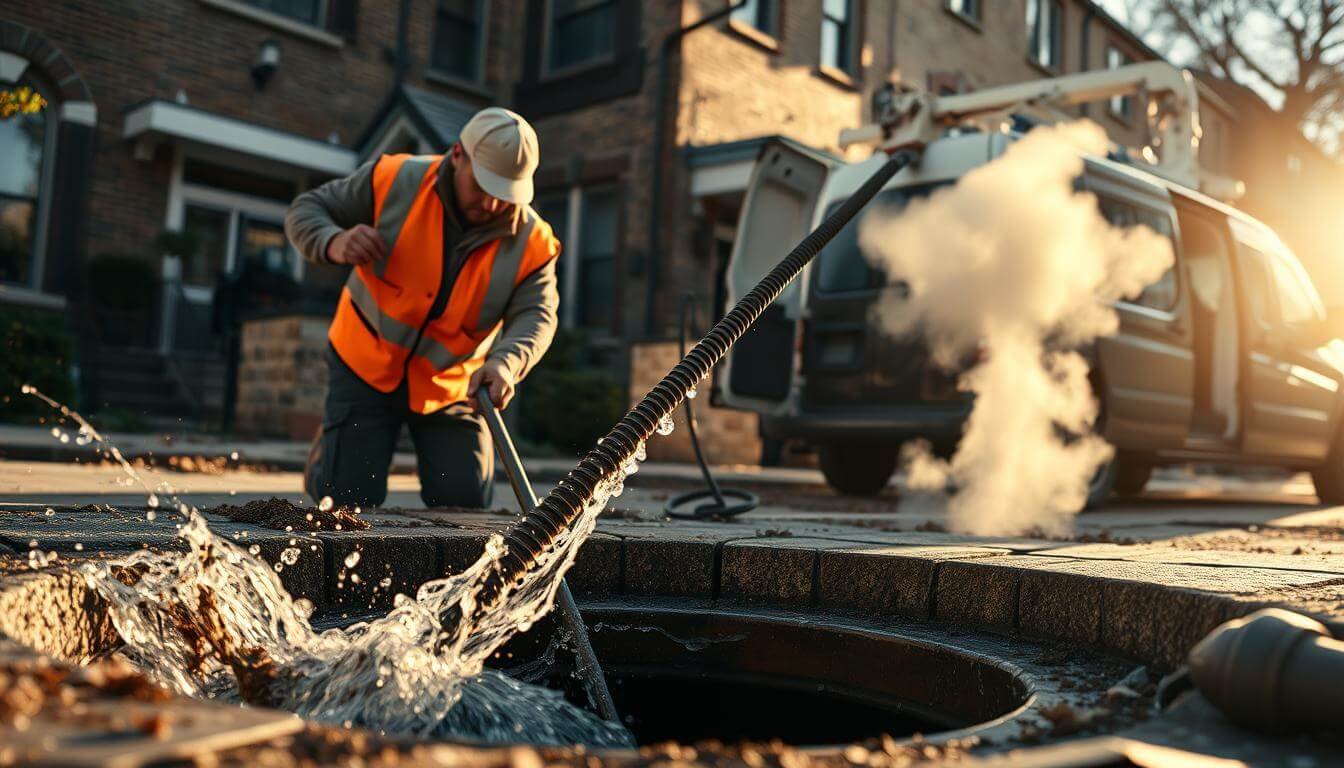
Why Storm Drains Must Stay Clean
Prevent Flooding and Damage
When drains are blocked, they cause water to back up and flood. This water damages yards, garages, sidewalks, and buildings. In parking lots, it creates hazards for cars and people.
Protect the Landscape
Uncontrolled water flow ruins gardens, washes away soil, and harms horticulture. This also damages the value of the property and increases drain repair costs.
Reduce Health Risks
Still, water from clogged drains creates places where mosquitoes and rats live. Mold and bacteria grow and develop into public health problems.
Support Laws and Guidelines
Most cities require regular storm drain maintenance to follow local regulations. If you ignore this, you may be fined.
What Happens If You Don’t Clean Storm Drains?
If you skip regular cleaning:
- Flooding will damage your property
- Insects and pests will grow near standing water
- Water might reach your basement or crawl space
- Drain parts can crack or break due to pressure
These problems lead to bigger costs, poor water quality, and even sewer system issues.
Who Is Responsible for a Clogged Drain?
Residential Areas
If the drain is within your property, it’s usually your job to keep it clear. Regular drain maintenance is part of owning a home.
Public Property
The municipal department usually manages the blocked drain in the street or on a sidewalk.
Neighborhood Rules
Some areas have Homeowners Associations (HOAs) that also have rules for drain systems. If you’re unsure, ask.
Signs You Need Professional Help
- Water stays around for hours after rain
- Bad smells come from the drain
- Rats or bugs are more common
- Cracks in the driveway or yard appear
- The same drain keeps clogging again and again
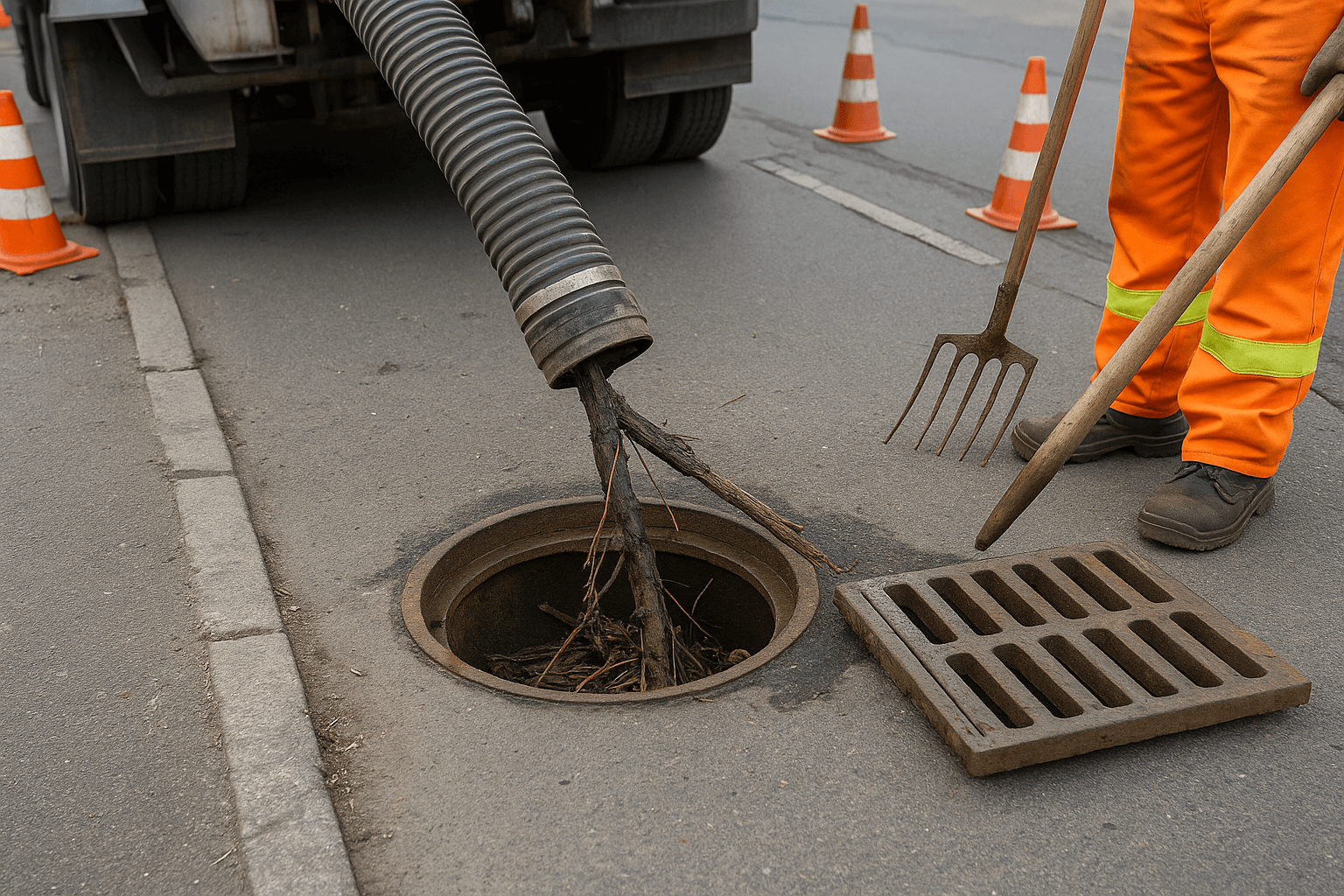
How to Clean a Storm Drain (DIY Guide)
Be Safe First
- Wear gloves and boots
- Do not try to enter a significant drain
- Stay clear of deep or fast-moving water
What You’ll Need
- Rake or broom
- Trash bags
- A hose or bucket of water
- Gloves
How to Do It
- Remove debris from the top of the drain grate
- Use the hose to rinse out any loose material
- Scoop out any mud or trash inside
- Put the waste in a bag and throw it away
What You Cannot Do
- You cannot fix broken pipes
- You can’t clean deep sections
- You may not notice early damage
If water still collects or drains slowly after cleaning, you need professional help.
When to Call Professionals
Call for professional drain maintenance if:
- You see repeated blockages
- There’s damage around the drain
- There’s a water pressure buildup
- You need 24-hour emergency help during heavy rain
These experts use state-of-the-art tools and have decades of experience.
What to Expect from a Cleaning Company
Step 1: Inspection
The team will inspect the drain with a camera. This finds blockages, broken parts, and hidden problems.
Step 2: Equipment
They use tools like:
- ToolWhat It Does
- CCTV Camera: Look inside the drain
- Hydro-jetting uses strong water to clear debris
- Vacuum Truck Removes trash and sludge
- Vactor Combines vacuum and high-pressure cleaning
Step 3: Report and Plan
You’ll get a report about the cleaning and a plan for regular care.
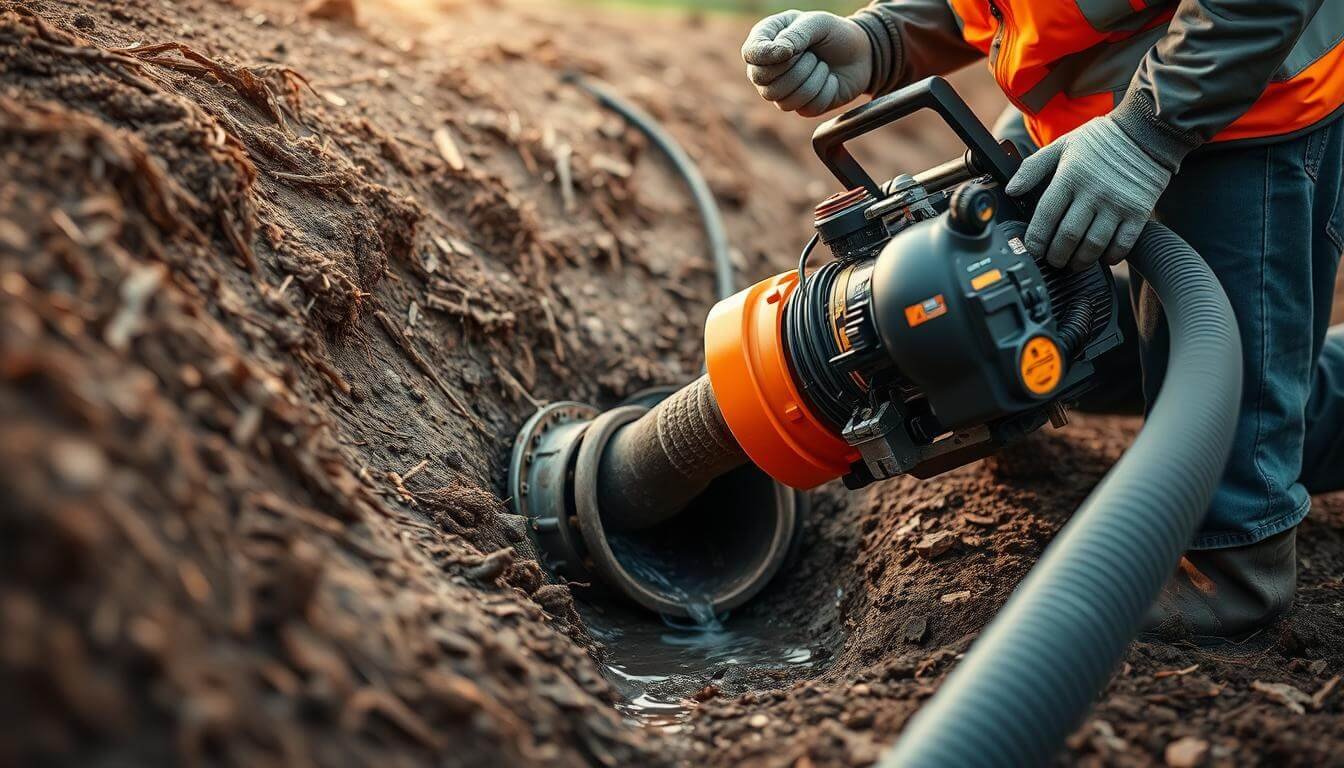
How Often Should Drains Be Cleaned?
- Area Type Cleaning Frequency
- Homes once or twice a year
- Commercial: Three or four times/year
- Public Drains Every few months
Tips to Keep Drains Working
- Look at drains often to check for clogs
- Use grates or filters to block large debris
- Rake leaves instead of pushing them toward the street
- Keep trash out of gutters and street curbs
- Make sure the soil slopes away from the drain
Why Professional Cleaning Matters
A professional commercial storm drain cleaning service can:
- Help you avoid severe property damage
- Prevent harm to aquatic ecology and nearby aquatic biomes
- Support clean, fresh water systems
- Protect infrastructure and plumbing needs
- Reduce pollutant levels in the environment
These services connect urban planning, landscape architecture, and environmental social science. When people don’t clean their drains, the result is more than a mess. It can alter the behavior of entire systems.
FAQs
How much does professional storm drain cleaning cost?
Between $150–$500, depending on the area and level of blockage.
Can I clean the drain myself?
Yes, but only the top part. Deep or repeating clogs need trained help.
How does drain cleaning protect nature?
It keeps pollutants and trash out of lakes, rivers, and bodies of water.
What if I ignore my storm drain?
You may face floods, broken pipes, and damage to your home’s structure.
Final Thoughts
When storm drains are cleaned regularly, they prevent backups, protect homes, support cleaner water, and reduce costs. Professional storm drain cleaning services keep systems strong and working for years.
If you see standing water or signs of a problem, get help now. Don’t wait for flooding or emergency repair costs. Call for professional help today.
Have Questions?
help@bestdraincleaningservice.com
Contact BDCS Today
